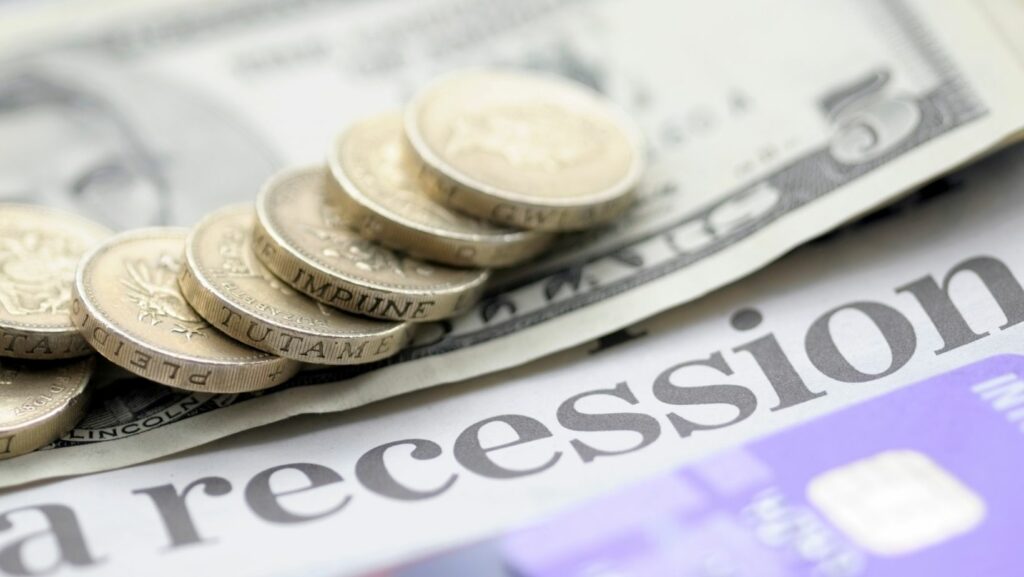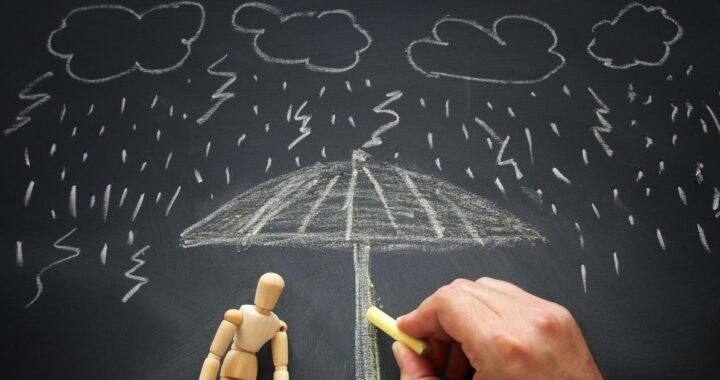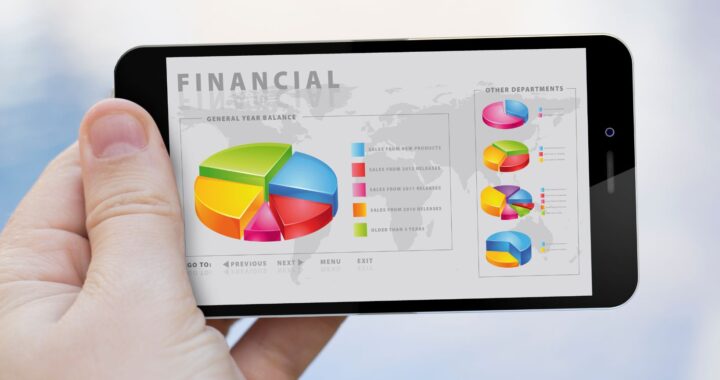
Stages In A Recession – Which Best Describes How a Recession Develops as Demand and Production Decrease?
Which Best Describes How a Recession Develops as Demand and Production Decrease?
During the early stages of a recession, there are several key signs that indicate an economic slowdown is underway. These signs serve as crucial indicators for economists and policymakers to monitor the health of an economy. In this section, we’ll explore the role of consumer spending, indicators of an economic slowdown, and the impact of unemployment on a recession.
Consumer spending plays a significant role in driving economic growth. When consumers reduce their spending habits, it can be one of the initial red flags indicating an impending recession. As demand decreases, businesses experience reduced revenue and may be forced to cut costs by downsizing their workforce or reducing production.
Factors Influencing the Development of a Recession
The Relationship Between Investment and Economic Downturn
One of the key factors influencing the development of a recession is the relationship between investment and economic downturn. During times of economic prosperity, businesses tend to invest heavily in expanding their operations, developing new products, and increasing production capacity. However, as demand starts to decrease, businesses may find themselves with excess inventory and reduced sales.
When businesses anticipate a decline in demand, they are likely to cut back on investments. This reduction in investment can have a ripple effect throughout the economy. For example, when businesses scale back their expansion plans or delay capital expenditure projects, it leads to decreased orders for goods and services from suppliers. Consequently, this can result in job losses and reduced income for workers employed by these suppliers.
Government Policies and Their Influence on a Recession
Government policies play a crucial role in shaping the development of a recession. In response to an economic downturn, governments often implement certain measures aimed at stabilizing the economy or stimulating growth. These policies typically focus on areas such as fiscal stimulus packages, monetary policy adjustments, and regulatory changes.
Fiscal stimulus packages involve increased government spending or tax cuts designed to boost consumer spending and business investment. By injecting money into the economy through infrastructure projects or social welfare programs, governments aim to stimulate demand and promote economic activity.

The Impact of Decreased Demand on Economic Activity
The Effect of Reduced Consumer Confidence on Economic Activity
When a recession hits, one of the key factors that contribute to its development is a decrease in consumer demand. As consumers become uncertain about the future and their financial stability, they tend to cut back on spending. This decline in consumer confidence has a significant impact on economic activity.
During a recession, individuals and households tighten their purse strings, opting for essential purchases rather than discretionary ones. This reduction in consumer spending directly affects businesses across various sectors, leading to decreased production and job losses. For example:
- Retailers experience lower sales as people limit their expenditures on non-essential items like luxury goods or vacations.
- Restaurants may see fewer customers dining out as individuals opt for home-cooked meals.
- Automobile manufacturers face reduced demand as potential buyers postpone buying new cars.
This chain reaction creates a ripple effect throughout the economy, causing companies to scale back operations, lay off employees, and even close down altogether. Consequently, unemployment rates rise while economic growth slows down.
The Consequences of Declining Investment in a Recession
Another consequence of decreased demand during a recession is the decline in investment activity. Businesses become cautious about expanding or investing in new projects due to uncertain market conditions and weaker overall demand. This lack of investment can further exacerbate the negative effects of an economic downturn.
When companies hold back on capital expenditure or delay planned expansions, it leads to decreased business investment and innovation. This reduction in investment not only affects industries directly involved but also impacts suppliers and service providers who depend on these businesses for revenue.
For instance:
- Construction firms may witness reduced contracts for new infrastructure projects as governments prioritize spending cuts during recessions.
- Technology companies might face challenges securing funding for research and development initiatives.
- Startups may struggle to attract venture capital investments due to risk aversion by investors during times of economic uncertainty.
The decline in investment can hinder productivity growth, limit job creation, and impede the overall economic recovery.





